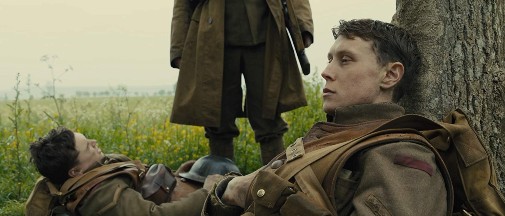
Long takes are a constant subject of fascination for filmmakers. The technical challenge and opportunity to show off one's craft makes many directors salivate. At least, that's what, as an audience member, it sometimes feels like. To characterize long continuous shots (sometimes feature-length) as a mere tool of formalistic showmanship would be wrong, though. In the right film and with the right team this trick can be transformative, capable of bending the audience's perception of time, and their emotional attachment to what they're watching.
In 1917, Sam Mendes uses the long take as a key to sensorial immersion and ever-tightening tension. Cuts are essentially a blink or breath, a repositioning of the eye and recalibration of the senses. It's a cinematic convention that can bring comfort to the viewer. When you take it away, the action never stops; it's as if there's no time to breathe or to disengage. A long take is a held breath and it can be a gloriously suffocating thing to experience…
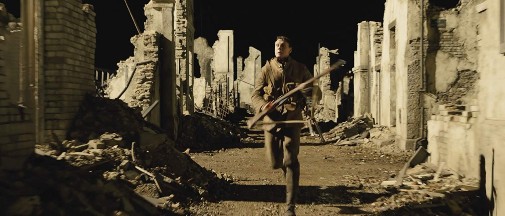
Of course, Sam Mendes isn't interested in creating a purely punitive explosion of audiovisual stimuli. For as much as his grand epic is a portrait of violent devastation, it's also a spectacle. Roger Deakins' cinematography may show us horrible sights, but they are lit like dreamlike reveries full of milky hazes and inky shadows, more beautiful than terrifying. In 1917, war may be hell, but war is also a show worth watching in detached wonderment.
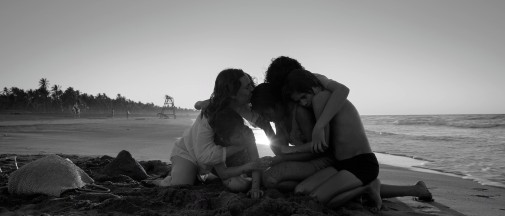 Roma
Roma
Alfonso Cuarón is another director who loves the long take. The horizontal motion and crashing waves of Roma's climax are made more monumental because we don't have permission, via cutting, to relax or look away. Children of Men's marathon-length shots are set pieces contained in a single gesture, their byzantine complexity an expression of primordial chaos. Movement can be a crucial part of this technique, helping override conventional notions of cinematic time to create something more abstract and, incongruently, more present too.]
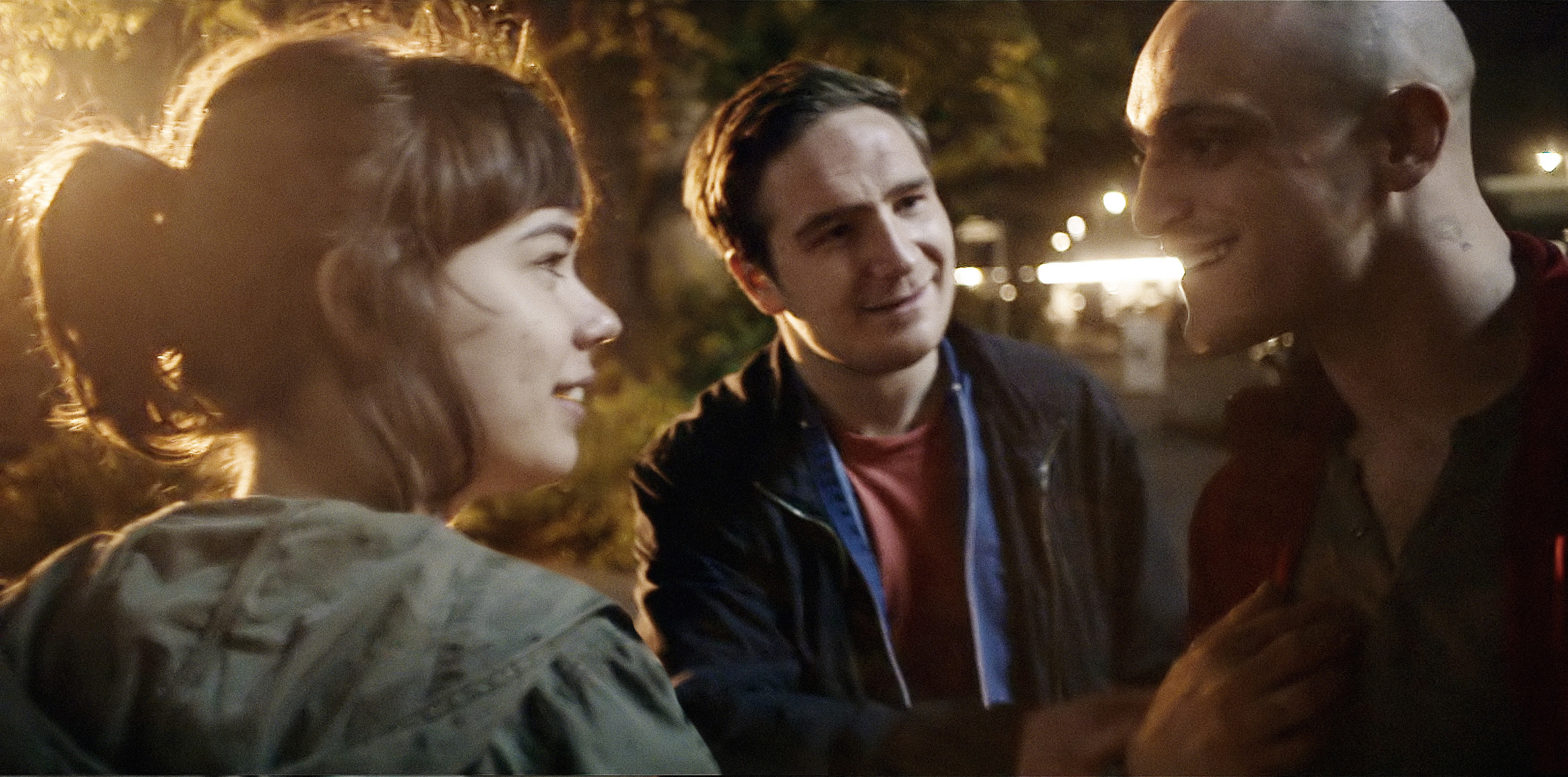 Victoria
Victoria
In Sebastian Schipper's Victoria, the everlasting take is a gateway to a world of hyperreality, where everything seems painfully realistic though also like a hallucination brought upon by exhaustion. It's the exhaustion of the characters and the exhaustion of the breathless audience.
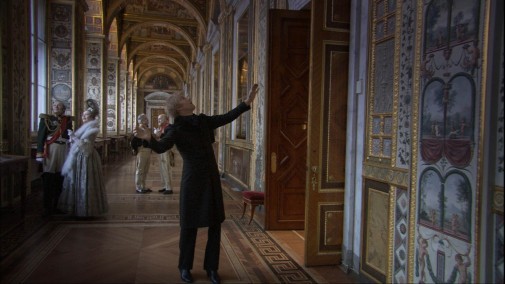 Russian Ark
Russian Ark
The continuous shot as a conduit to a world of fluid dream and chronological dystrophia is present in Alexander Sokurov's famous Russian Ark. In that reverie on Russia's history, centuries are contracted into a somnambulistic wander through the Hermitage. Because he doesn't cut, Sokurov defies our understanding of rightful order, of the passage of time and can, thus, contort it at will, on a first-person tour of ghostly apparitions and national trauma.
 Jeanne Dielman, 23 quai du Commerce, 1080 Bruxelles
Jeanne Dielman, 23 quai du Commerce, 1080 Bruxelles
But movement isn't everything.
Some great long takes are static, inviting the audience to let its eyes wander through the tableau. This makes the spectator into an active participant in the dialogue with the artist and the film. In Chantal Akerman's cinema, this theatrical stillness and extension of time is particularly powerful. A kitchen interlude can become a window into a woman's soul and a tree beaten by the wind is a mystery beckoning the audience. Come closer, it seems to whisper.
A long take can make us aware of our condition as observers and also makes us more involved. It's a miraculous piece of technical wonder that's too often evaluated only in terms of craft and engineering wizardry. The magic of it lies in the way it changes our perceptions, how it erupts emotional reactions the cut can't create and how it can break the rules of conventional film language.
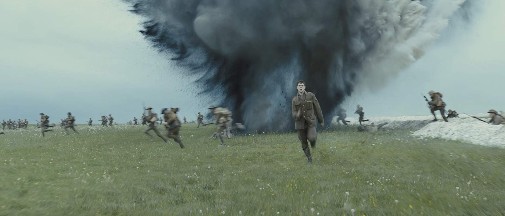
If the makers of 1917 deserve accolades, it's not because of the pragmatic difficulty of the challenge. It's because of the tension they may have created, the awe they inspired and the way they took our breath away.